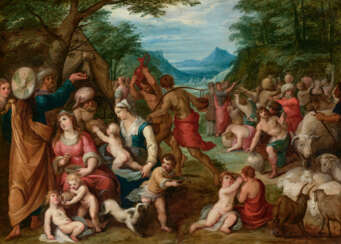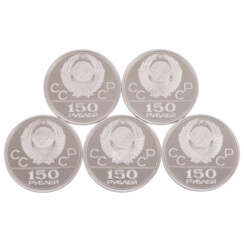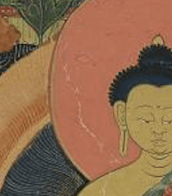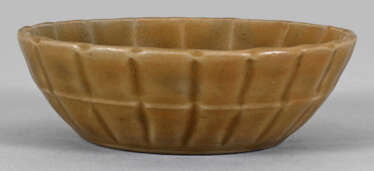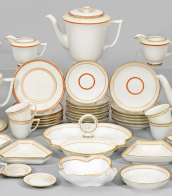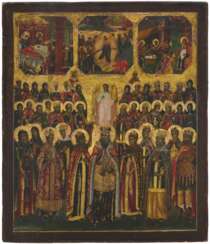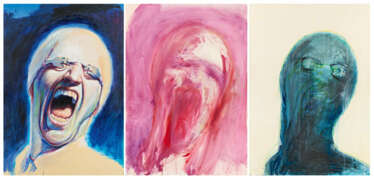theme 5

Sandro Botticelli, an Italian painter of the Early Renaissance, was renowned for his exquisite works that beautifully merged classical mythology with religious themes. Born Alessandro di Mariano di Vanni Filipepi in Florence around 1445, Botticelli became a pivotal figure in the Florentine art scene under the patronage of the Medici family. His education under Filippo Lippi honed his skills in painting, leading to a unique style that emphasized linear grace and ethereal beauty. Botticelli's art is celebrated for its elegance and for capturing the spirit of the Renaissance, a period marked by a rebirth of interest in classical antiquity and humanistic values.
Botticelli's oeuvre includes iconic mythological paintings like "The Birth of Venus" and "Primavera," both housed in the Uffizi Gallery in Florence. These masterpieces are distinguished by their allegorical complexity and the delicate portrayal of figures that seem to transcend the earthly realm, reflecting Botticelli's interest in blending myth with a narrative style that appeals to the viewer's sense of wonder and contemplation. His religious works, characterized by expressive emotion and devotional intensity, also earned him acclaim, particularly his contributions to the Sistine Chapel in Rome.
Despite his success, Botticelli's later years were marked by a shift in style influenced by the somber preachings of Savonarola, leading to a preference for more devotional themes. His reputation waned posthumously until the late 19th century, when a resurgence of interest in his work restored Botticelli to his rightful place as a master of the Renaissance. Today, Botticelli is regarded as an artist whose works encapsulate the innovative spirit of his time, bridging the Gothic tradition with the emerging Renaissance aesthetic. His legacy endures, inspiring art lovers and collectors who are drawn to the ethereal beauty and rich symbolism of his paintings.
For those captivated by the allure of Renaissance art, subscribing for updates on new discoveries, sales, and auction events related to Sandro Botticelli can enrich your appreciation and knowledge of this remarkable artist's contribution to the world of art and culture.


Pieter Brueghel the Younger was a Flemish artist celebrated for his detailed landscapes, religious themes, proverbs, and vibrant village scenes. Despite being the son of the illustrious Pieter Bruegel the Elder, Brueghel the Younger carved out his own niche in the art world, earning the moniker 'Hell Brueghel' for his dynamic scenes of fires and energetic copies of his father's peasant life portrayals.
Brueghel the Younger's original creations, such as "The Village Lawyer," showcase his keen observation of village life, merging the energy and boldness of 17th-century style with his father's idiom. His work is characterized by its lively, picturesque depiction of peasants, albeit some critics argue they lack the subtlety and humanism of his father's creations. Despite this, Brueghel the Younger's legacy includes a significant number of original works and copies that were rediscovered in the 20th century, highlighting his contribution to the Flemish painting tradition.
His workshop was known for its prolific output, especially in producing copies of Bruegel the Elder's compositions, a testament to the enduring popularity and influence of the Bruegel family's artistic legacy. However, Brueghel the Younger also impressed with his unique compositions, contributing to the genre of still life and village scenes with a distinct style that resonated well into modern times.
For collectors and experts in art and antiques, Pieter Brueghel the Younger's works represent an important period in Flemish art, offering insights into the evolution of genre painting and the detailed portrayal of rural life. His paintings, held in esteemed collections worldwide, continue to be studied and admired for their vibrancy, narrative quality, and historical value.
To explore more about Pieter Brueghel the Younger and to stay updated on sales and auction events related to his work, signing up for specialized updates can offer exclusive insights into the world of this influential Flemish painter. This subscription ensures enthusiasts and collectors are well-informed about developments related to Brueghel the Younger's oeuvre, enhancing their appreciation and understanding of his artistic legacy.

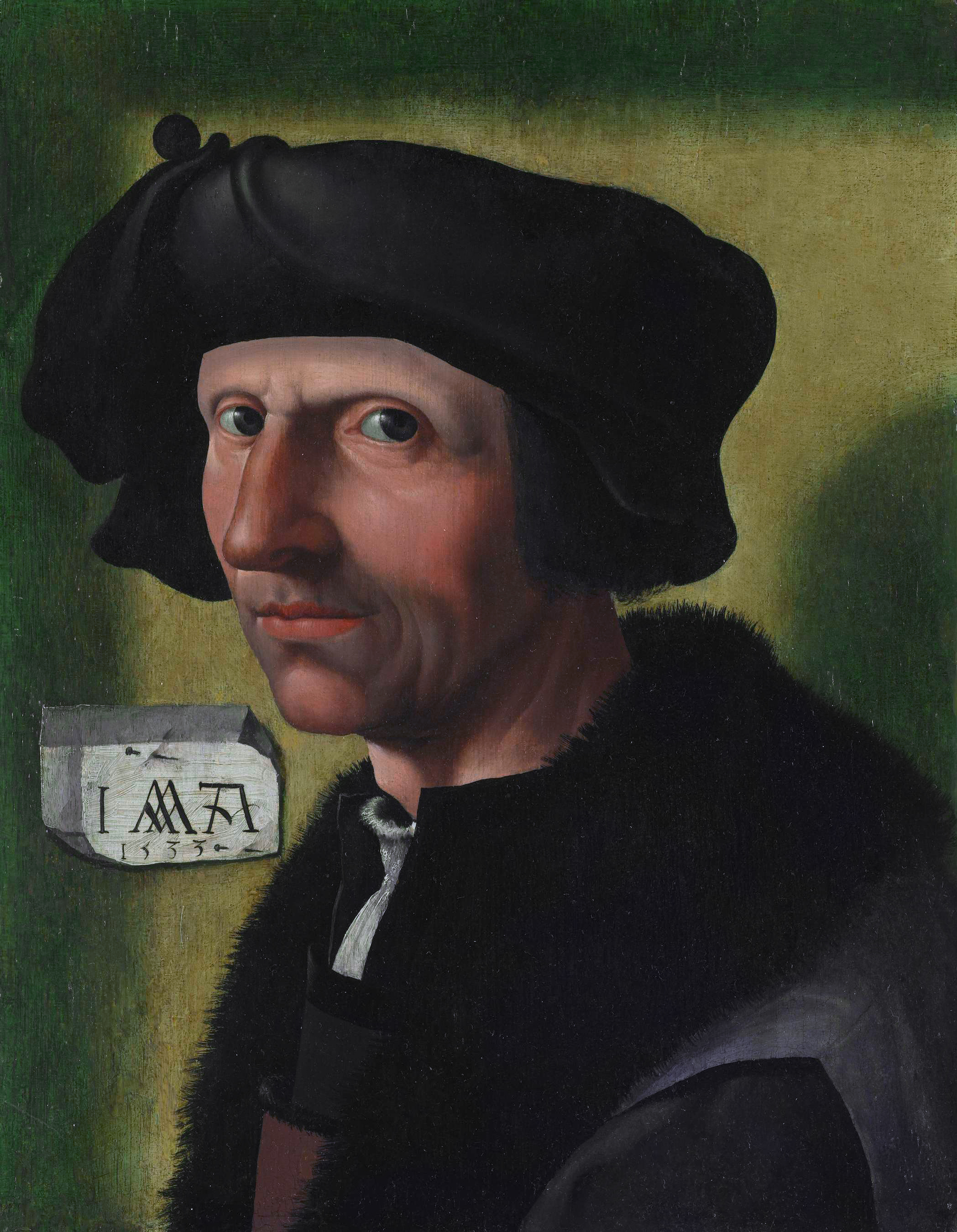
Jacob Cornelisz van Oostsanen was a Northern Netherlandish designer of woodcuts and painter. He was one of the first important artists working in Amsterdam, at a time when it was a flourishing and beautiful provincial town.
Throughout his artistic career, Cornelisz's painting style changed. At first, he started as a late Gothic craftsman under the influence of the Haarlem school and then ended with a style presented by the painting Saul and the Witch of Endor. In this particular painting, the details are simple, elongated proportions and a looser stroke of paint. Though he excelled as a technical painter, he was not a good leader. He progressed at presenting contemporary trends in subject-matter and style.
Cornelisz's symbolism was also conservative as well. He painted mostly sacred themes with traditional iconography in old and new combinations in response to an event, such as the Reformation.


Hans Baldung, also known as Hans Baldung Grien, was a prominent figure in the German Renaissance, celebrated for his innovative approach to painting, printmaking, and drawing. Born around 1484 in Schwäbisch Gmünd, Germany, and passing away in 1545 in Strasbourg, France, Baldung's career was marked by a distinctive style that art historians have associated with the mannerist tendencies of the time. His work is notable for its exploration of themes such as the imminence of death, the complexities of human sexuality, and scenes of witchcraft, distinguishing him from his contemporaries with a bold and unique artistic voice.
Educated in the workshop of Albrecht Dürer, Baldung quickly developed his own artistic language, absorbing and then transcending Dürer's influence. He is particularly renowned for his altarpieces, portraits, and a series of works that delve into eroticism and the supernatural. Among his most significant contributions is the high altar of the Freiburg Münster, an eleven-panel masterpiece depicting scenes from the life of the Virgin Mary, which remains a testament to his mastery over religious subjects even as he ventured into more secular and profane themes.
Baldung's fascination with witchcraft and his portrayal of witches in art were groundbreaking for the time. His works in this area, such as "The Witches' Sabbath" and "Weather Witches," reveal a complex interplay of humanist thought, classical literature, and contemporary beliefs about witchcraft. They offer a nuanced perspective that blends satire with a deeper commentary on human nature and societal fears, marking Baldung as a pioneer in the visual exploration of these themes.
Despite his engagement with the themes of death and witchcraft, Baldung's oeuvre is also rich in portraits characterized by sharp individualization and psychological depth, as well as altarpieces that convey a profound spiritual and theological insight. His ability to navigate between the realms of the divine and the earthly, the solemn and the profane, solidifies his position as a versatile and innovative artist of the Renaissance.
For collectors and experts in art and antiques, Hans Baldung's work offers a unique window into the confluence of Renaissance artistry, humanist thought, and the socio-religious dynamics of early 16th-century Europe. His paintings and prints not only adorn museums and galleries worldwide but also continue to inspire and provoke deep reflection on the human condition.
To stay informed about new discoveries, exhibitions, and auction events related to Hans Baldung's art, signing up for updates can provide enthusiasts and collectors with valuable insights into the enduring legacy of this remarkable artist. This subscription service is designed to alert subscribers to new product sales and auction events specifically related to Hans Baldung, ensuring that they remain at the forefront of developments in the field of Renaissance art and antiques.


Gottfried Helnwein is an Austrian-Irish visual artist. He has worked as a painter, draftsman, photographer, muralist, sculptor, installation and performance artist, using a wide variety of techniques and media.
His work is concerned primarily with psychological and sociological anxiety, historical issues and political topics. His subject matter is the human condition. The metaphor for his art is dominated by the image of the child, particularly the wounded child, scarred physically and emotionally from within. His works often reference taboo and controversial issues from recent history, especially the Nazi rule and the horror of the Holocaust. As a result, his work is often considered provocative and controversial.









